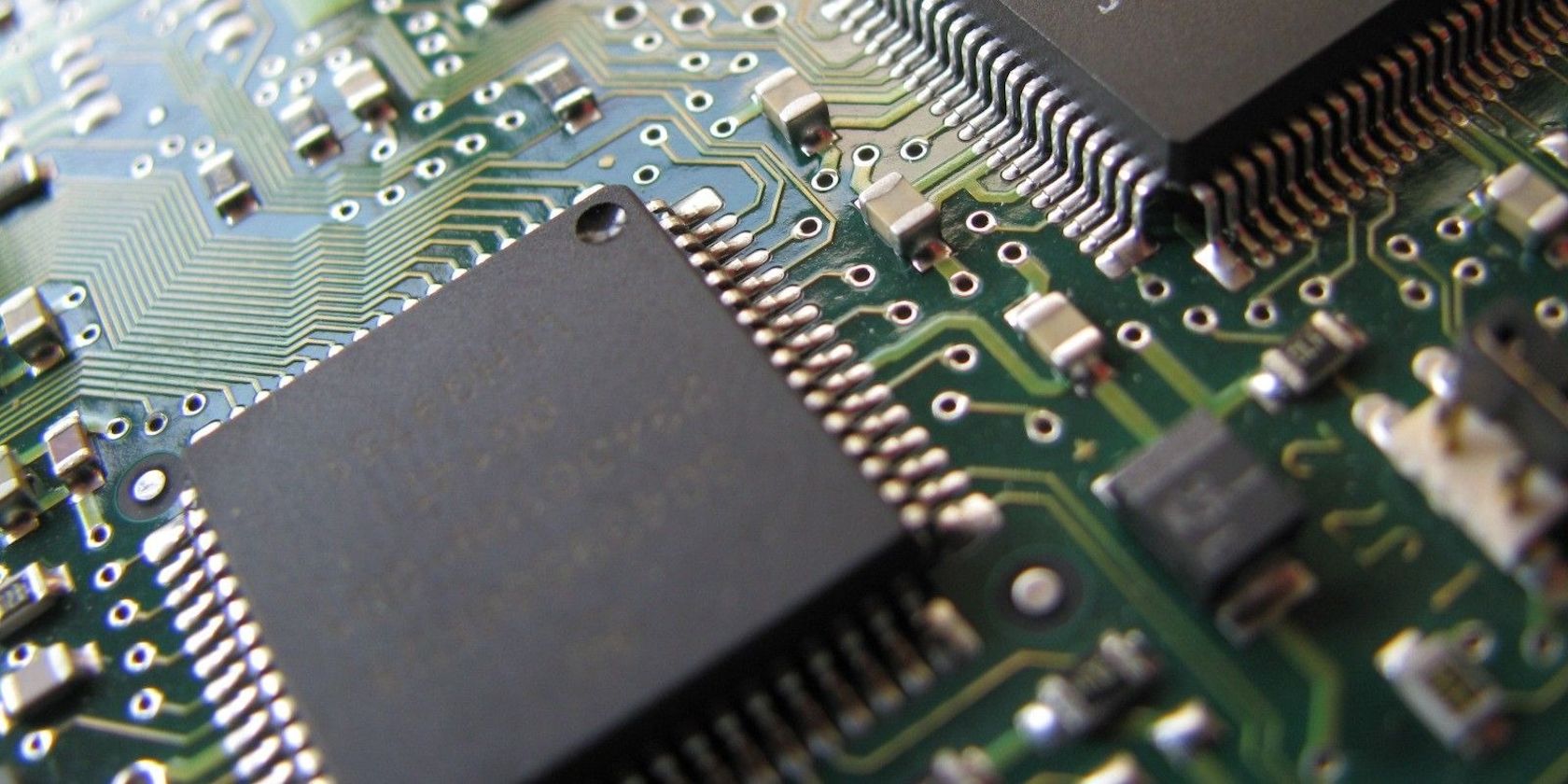While governments and manufacturers address the semiconductor shortage, it’s worth getting to know why the technology is worth the fuss. It comes down to the fact that semiconductors power almost everything in our daily lives.
From smartphones to planes, semiconductors evolved to improve technologies and do wonders for your entertainment and convenience. Let’s go into more detail about what makes them special, including eight areas semiconductor chips influence the most.
Why Are Semiconductors Important?
Before the popular silicon-based chips came to be, computers were big machines made of tubes and dials. They were impressive but fragile, not to mention a liability because of the amount of electricity they needed.
Semiconductor chips replaced the tubes, managing machines faster, cheaper, and more efficiently. Advances in design and size led us to light and sleek modern phones and smart equipment in a range of industries.
The global chip shortage highlights the importance of semiconductor chips and why restoring and increasing their production is essential to modern living.
Which Industries Rely Most on Semiconductors?
Machines great and small rely on semiconductor chips. You’ll not just find them in the palm of your hand, but at the other end of your internet connection and even behind your steering wheel.
So, here are the sectors and industries that revolve around the tiny bits of hardware.
1. Computing
Microchips and computers are usually the first connection people make. Depending on the type of chip, a semiconductor uses binary code to direct the commands you give it, whether it’s to launch a program or download and save a document.
Microprocessors, memory, and graphic processing units (GPUs) are common semiconductors for computers. All-in-all, they help your machine run smoothly, for example, by protecting your battery and whole system from burning up while you play video games.
2. Telecommunication
The principle of semiconductors for telecommunication is the same: to control machine functions. The difference is the types of chips used and what they're used for. At the same time, their design differs from device to device.
A smartphone’s semiconductor chips affect its display, navigation, battery use, 4G reception, and more. Even taking pictures and using different apps taps into one chip or another.
But it’s not just about phones. Consider routers, answering machines, and pagers. The range of technologies that depend on telecommunication semiconductors really is broad.
3. Household Appliances
Fridges, microwaves, washing machines, air conditioners, and other machines around the home and office operate thanks to semiconductors. Different chips control temperatures, timers, automated features, and so on.
Our spaces are already full of appliances to make everyday habits easier, while smart technology and the Internet of Things (IoT) add to them. As a result, semiconductor chips constantly evolve to respond to rising standards, mainly demanding instant, multifunctional, and durable services.
4. Banking
Once you understand what semiconductors can do, it’s easier to imagine how different parts of our high-tech world benefit from them. Banks are major investors, especially in the best microchips manufacturers have to offer.
Computers and their banking systems for online communication, digital accounting, cloud platforms, and more are key. But banks also need semiconductors for ATMs, security cameras, and even automated locking mechanisms.
This is also a case where the more powerful the technology, the better. Semiconductor chips can help banks keep your money and personal information safe, even more so as AI and machine learning evolve within banking.
5. Security
When it comes to security, semiconductors have both improved and hindered it. The evolution of microchips alongside many other parts of digital technology has opened the way to new and intelligent threats. However, these same innovations also help defend against them.
A semiconductor chip’s contribution to cybersecurity starts from the hardware. The effectiveness of any programs you install later depends on how well your machine supports them.
For example, quality semiconductors in a camera with motion detection could allow faster alerts and security measures.
6. Healthcare
The medical field uses advanced technology. Complex and risky surgeries are safer with the help of machines, operating with precision. Monitors and pacemakers are popular too. Even talking to patients and diagnosing symptoms is possible through video conferencing alone.
And none of this equipment can do its job right without semiconductor chips directing the power, sensors, temperatures, pressures, calculations, and many other functions. Just like with security, a lot of care goes into designing the parts for medical devices and ensuring they don’t malfunction.
Healthcare is an area where achievements in semiconductor technology shine the most. They improve our quality of life while safeguarding it too.
7. Transportation
Cars, buses, trains, and planes are just much bigger devices that also use semiconductors. If you value GPS, free Wi-Fi, or the polite voice alerting you about each stop, then you can appreciate how these tiny but wonderful chips enhance everyday habits.
In general, electronic vehicles have more features than analog models. They take the stress out of travel and replace it with a smooth experience and handy tools for navigation, roadside assistance, parking, and more.
It’s because semiconductors are so widespread today that manufacturers need to focus on specific industries. Aviation is another major interest, enjoying super-efficient cockpit avionics, engine control systems, and power conversion, among other functions.
8. Manufacturing
The benefits of semiconductors come full circle to improve their own manufacturing and that of every other commercial product. Machines in factories do specific and repetitive work, the result of carefully set up hardware and software.
Also, keep in mind that each device draws on a certain amount of electricity. A bad design could short-circuit a part of the manufacturing process, causing delays and unnecessary expenses.
So, whether a device is self-sufficient or needs someone to control it, its abilities must be trustworthy, which largely depends on its semiconductor chips. Several practical and economic factors are linked to a business’s trouble-free operation and production.
Keep Your Technology Under Control
With so many gadgets and innovations around, it isn’t easy to keep track of everything. Overindulging in technology you don’t fully understand is also risky. Semiconductor chips are smart, but they can’t stop you from making mistakes.
Take your time when choosing technologies for your lifestyle. And don’t forget about appliances and systems already around you. Careful and informed decisions can make sure your upgrades don’t cost more than you can handle.





